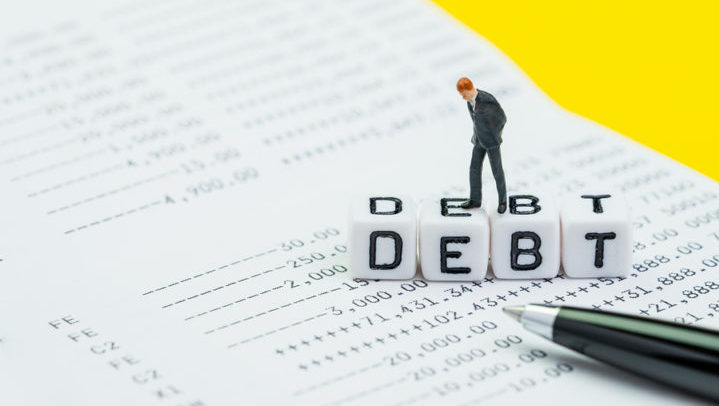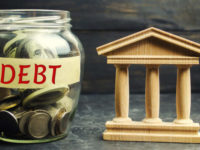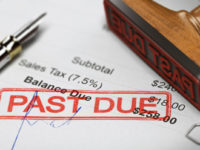Right now is a turbulent time for the Australian economy, especially with the current actions from the Reserve Bank of Australia. Over the last six months, the decisions made by the RBA have and still are, having a waterfall effect on Australia’s financial growth, employment and overall living standards, impacting everyone, including business owners.
For decades on end, Australians have always had an unclear idea of what the idea of debt looks like. We constantly hear ‘good’ and ‘bad’ debt, but the definition of what falls under each one still remains to be forever evolving. So when it comes to business owners, it begs the question, what is the difference between each one?
What is good debt
The idea of ‘good debt’ correlates to Australian businesses obtaining leverage to greatly increase their ability to scale their valuations and bottom lines. The fastest way to do this is through debt. Good debt relates to using money to increase productivity and allow you to grow faster.
The most common example of good debt is applying for a mortgage to purchase property. Ordinarily, the property growth rate outstrips the average person’s ability to save, so it would be almost impossible to buy. However, by using debt, you can access the market much faster. You also have the advantage of the multitude of asset-enriching schemes such as capital gains.
This can also be done in businesses that are the providers of goods through accessing facilities like small business loans or lines of credit. It is important to weigh what the debt will cost in monetary terms versus the outcome for the business from using that money.
Say you are in the fashion industry and need the money to get the stock through the door. You may gain more purchasing power and drive your costs down by borrowing the money as you can buy in bulk instead of being limited by the funds you have in the bank.
Let’s talk bad debt
Bad debt usually correlates to luxury purchases. There are only two types of people who borrow money for luxury purchases; those who have the money but want to use it elsewhere and those who don’t have the money.
Say you had $500,000 invested in the stock market that was returning you an average of 10 per cent per year, and you decided that you wanted to purchase a luxury vehicle. Your two options would be to finance the vehicle at a rate of five per cent per annum, or sell some of your shares and pay cash for the vehicle.
If you choose to sell the shares, you are potentially short-changing yourself by five per cent per year in returns. This means your obtaining debt financing might be considered good debt, whereas if you don’t have the money, obtaining the finance may limit your opportunities and your cashflow for other income-generating assets. This may be considered bad debt.
Credit card debt may also fall into the bad debt category depending on what you are buying, especially if you are an entrepreneur who is early in their career and trying to maintain appearances.
Before you decide to make the move into debt, ask yourself these two questions:
- Is this debt giving me a chance to create more income?
- Is this debt going to save me money?
If not, it might be time to reconsider or take a little bit more time to save up and pay cash.











